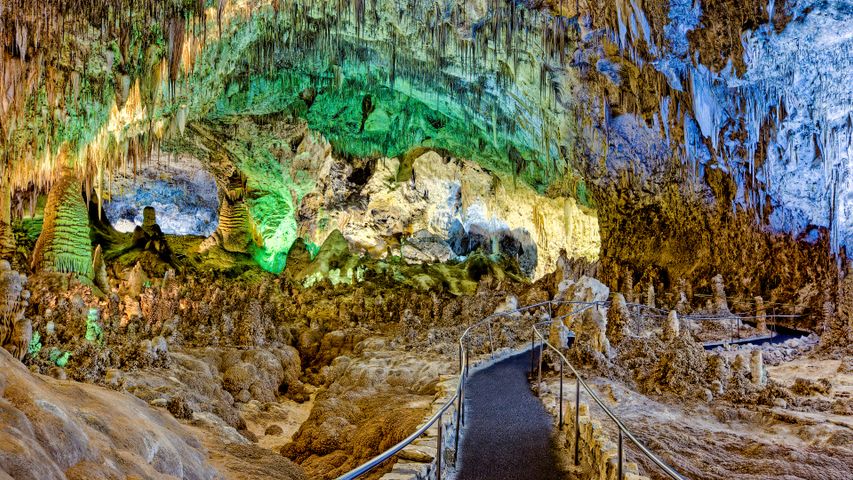Porto Flavia, Sulcis-Iglesiente, Sardinia, Italy
© Marco Bottigelli/Getty Image
Ore and more. Porto Flavia, Sulcis-Iglesiente, Sardinia, Italy
Most ports rely on docks and cranes that extend into the shoreline. Porto Flavia in the Sulcis-Iglesiente region, however, took a completely different approach. This engineering marvel transformed a cliff into a gateway for Sardinia's ore industry. Mining in Sulcis-Iglesiente has a history dating back thousands of years, from the Phoenicians and Romans to the industrial boom in the 20th century. Lead, zinc, coal, sulfur, barium and silver were extracted from these rugged hills but transporting them was a logistical nightmare. In 1924, Italian engineer Cesare Vecelli revolutionised ore transport in the region. He designed Porto Flavia as a system of tunnels and silos carved into a limestone cliff, allowing ore to be loaded directly onto cargo ships. The port, named after Vecelli's daughter, Flavia, remained in use until mining declined in the mid-20th century.
On the eastern coast of India, the city of Visakhapatnam tells a similar story of maritime legacy, though shaped by different forces. It is the largest and most populous metropolitan city in Andhra Pradesh. Once known as Vizagapatam, this coastal hub has a rich maritime legacy that dates to ancient times. It served as a significant port city, with historical trade links stretching as far as the Middle East and Rome. In those early days, ships would anchor offshore, while goods were ferried to and from the coastline using traditional masula boats.
Related Images
Bing Today Images
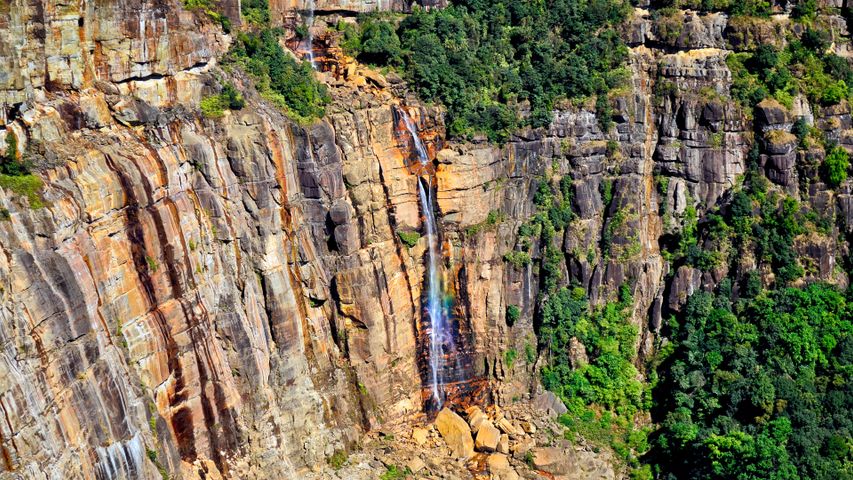
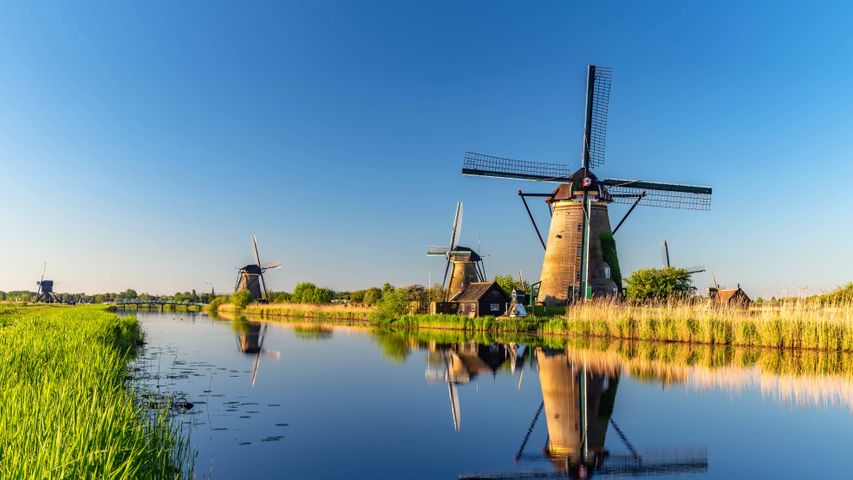
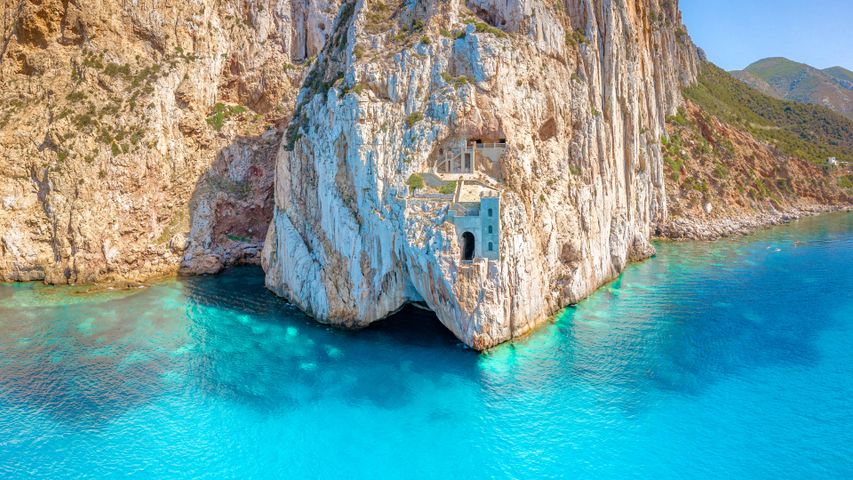
 The Milky Way framed by Double Arch in Arches National Park, Utah, United States
The Milky Way framed by Double Arch in Arches National Park, Utah, United States
 Kachina Bridge, Natural Bridges National Monument, Utah, United States
Kachina Bridge, Natural Bridges National Monument, Utah, United States
 Desert bighorn sheep in Valley of Fire State Park, Nevada, United States
Desert bighorn sheep in Valley of Fire State Park, Nevada, United States
 Icicles of Misotsuchi, Chichibu, Japan
Icicles of Misotsuchi, Chichibu, Japan
 Ad-Deir, Petra, Jordan
Ad-Deir, Petra, Jordan
 Neptune's Grotto, Sardinia, Italy
Neptune's Grotto, Sardinia, Italy
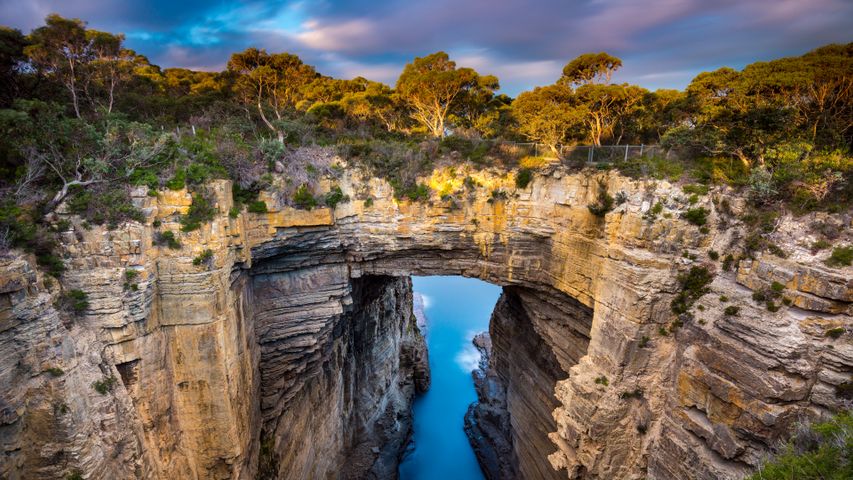 Tasmans Arch, Tasmania, Australia
Tasmans Arch, Tasmania, Australia
 Cottonwoods through an arch in Coyote Gulch, Glen Canyon Recreation Area, Utah, USA
Cottonwoods through an arch in Coyote Gulch, Glen Canyon Recreation Area, Utah, USA
